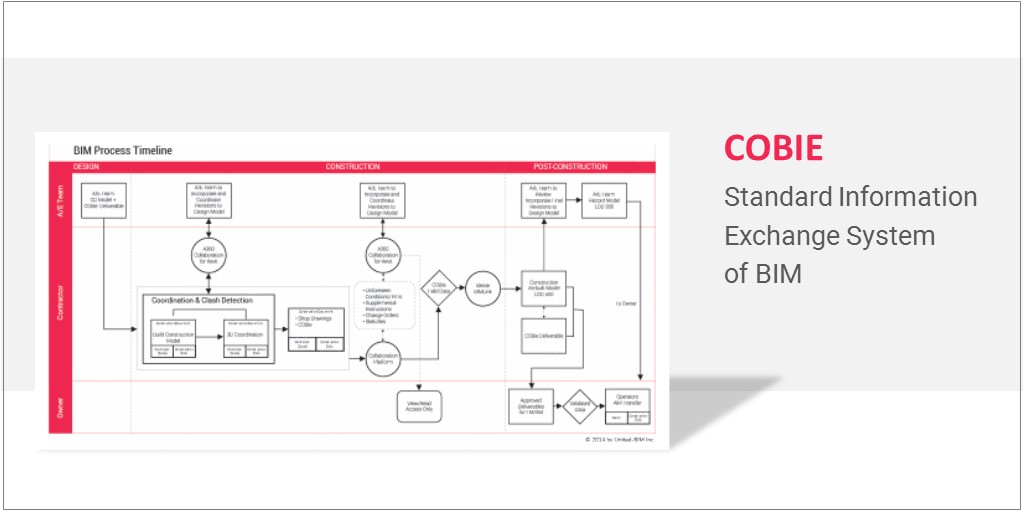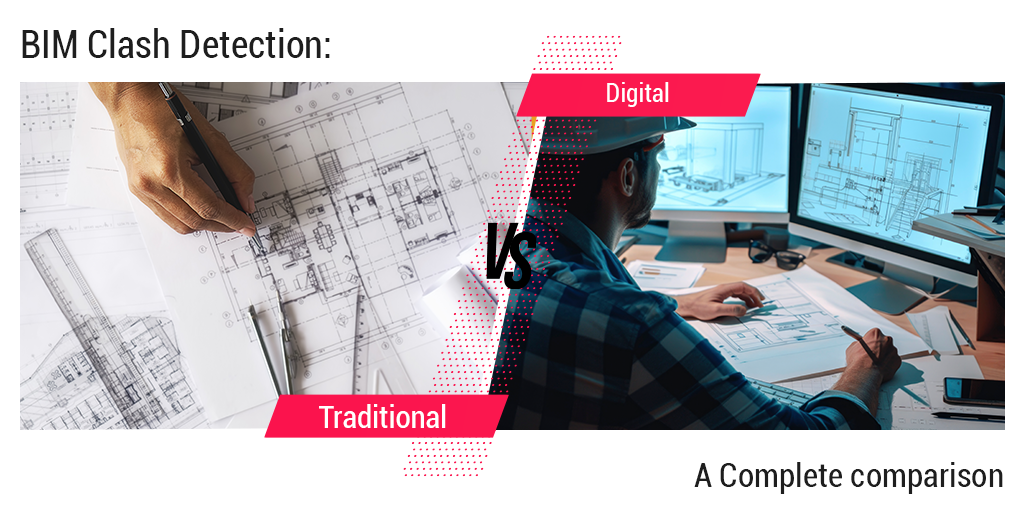Last updated on: January 2, 2025
COBie or Construction Operations Building Information Exchange is a modern data format that is used to streamline the handover process to the operators or owners of a building. COBie was initially developed in the US under a grant by the National Aeronautics & Space Administration (NASA) and the White House Office of Science & Technology Policy in 2005.
What is COBie ?
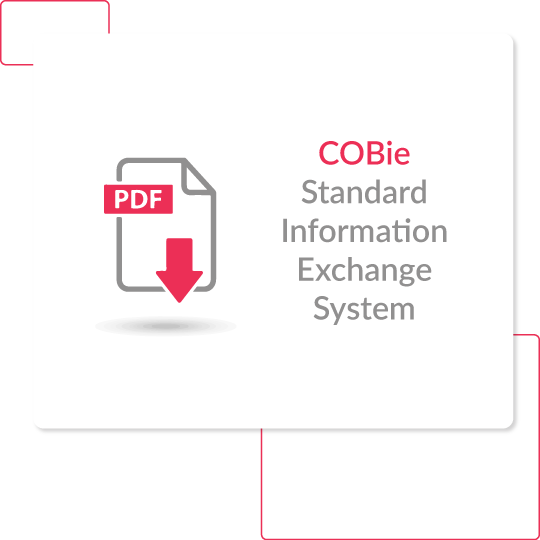
No worries. Let us send you a copy so you can read it when it’s convenient for you. Just let us know where to send it.
Led by Engineer Research & Development Center & Construction Engineering Research Laboratory, a U.S. Army Corps of Engineers Lab, COBie has transformed from an idea to an internationally recognized standard for information exchange during the construction and operations handover.
In the UK too, COBie became the part of the data requirements enlisted in the BIM Working Party Strategy published in 2011. Further, in January 2019, the UK National Annex in BS EN ISO 19650-2 made it COBie format structure mandatory for non-geometric information exchange in open data format.
COBie is essentially an information exchange specification that can be viewed in the form of simple spreadsheets or within the sophisticated design, construction, and maintenance software. This versatility of the specification makes COBie ideal for all kinds of projects, irrespective of the size, scale, and complexity.
Understanding COBie
COBie is specific information set in the form of a simple spreadsheet that offers consistent and structured information about an asset that is useful in post-occupancy facility management and decision making.
COBie data format facilitates the publication of a subset of the Building Information Model (BIM) that is specifically focused on delivering asset data that is different from geometric information.
With the help of COBie specification, all the key information that is essential post-completion of a project is added in a single format for sharing. This approach is completely different from the conventional one where different AEC professionals collaborate to document everything manually at various points during the construction.
Using the COBie Components & specification, professionals can easily update all the documentation throughout the construction phase in real-time to be handed over to the client or facility operator. This makes the documentation easier to understand for the end client.
COBie can be termed as a performance-based specification that includes information about equipment as well as spaces. COBie makes it easier for teams to organize data about installed equipment within the space and provide a consolidated O&M manual. The data can be pushed into an asset management software directly without much effort.
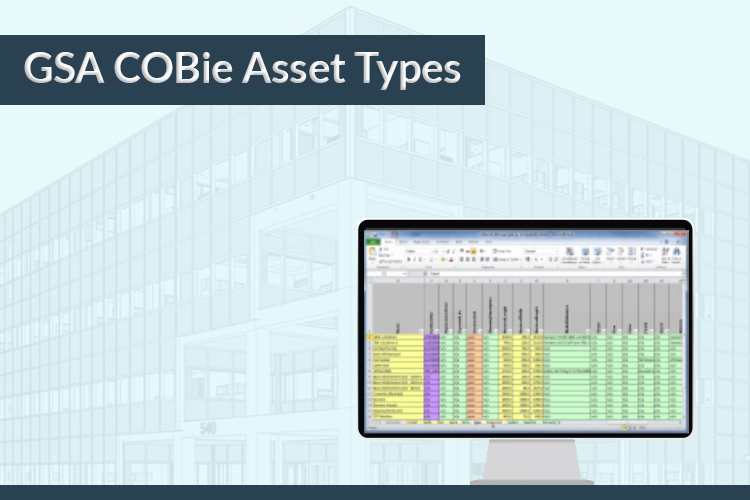
Download the list of CObie asset types as per GSA which typically includes in the scope of contracts for COBie deliverables.
DOWNLOADCOBie as an Efficient Information Exchange System
COBie spreadsheet consists of information about a project’s facilities, spaces, floors, systems, installed equipment, and corresponding documentation along with detailed information about other aspects. All the entries inside a COBie sheet are hyperlinked to other entries to add value and make information access easier.
The interconnected nature of the entries inside a COBie spreadsheet or data makes the information exchange process streamlined and more productive for all the stakeholders. The end-users i.e. facility managers don’t have to fiddle with huge piles of manual sheets or unorganized data for accessing information at various points during the maintenance lifecycle of a facility.
Explore our BIM Services for Facility Management
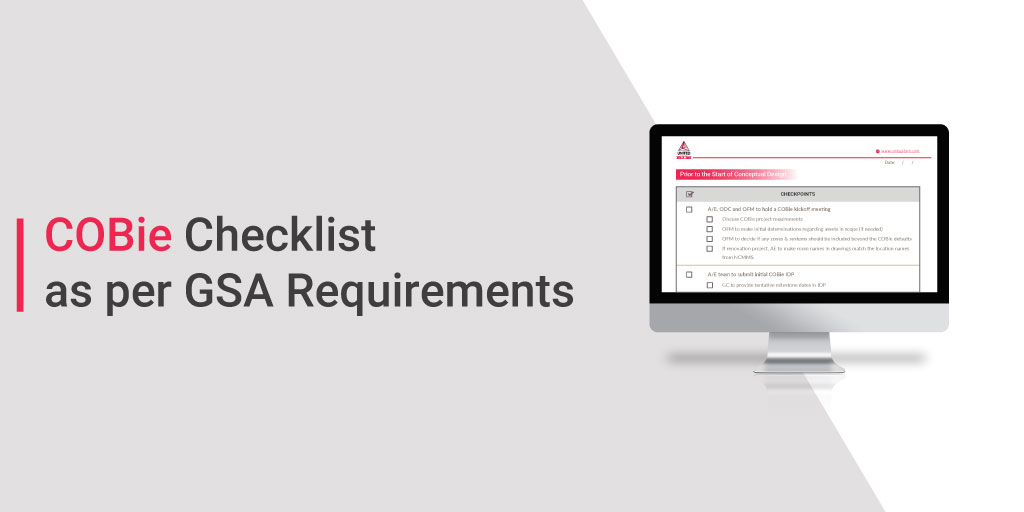
The COBie requirement applies to projects during planning, design, construction, turnover and project closeout and operations. The following checklist illustrates which activities are required during each phase for both GSA & third parties.
DOWNLOADCOBie Utility & Applications for Building Designers, Contractors & Facility Managers
COBie has improved the quality of data delivery during the handover process. As COBie organizes handover data in the digital format, it becomes easier for owners and other stakeholders like facility managers to review the construction handover documents. Fundamentally, three different stakeholders namely, the designers, contractors, and facility managers benefit largely from COBie specifications.
Explore This Topic Further : BIM & COBie: Design, Components & Building Operations
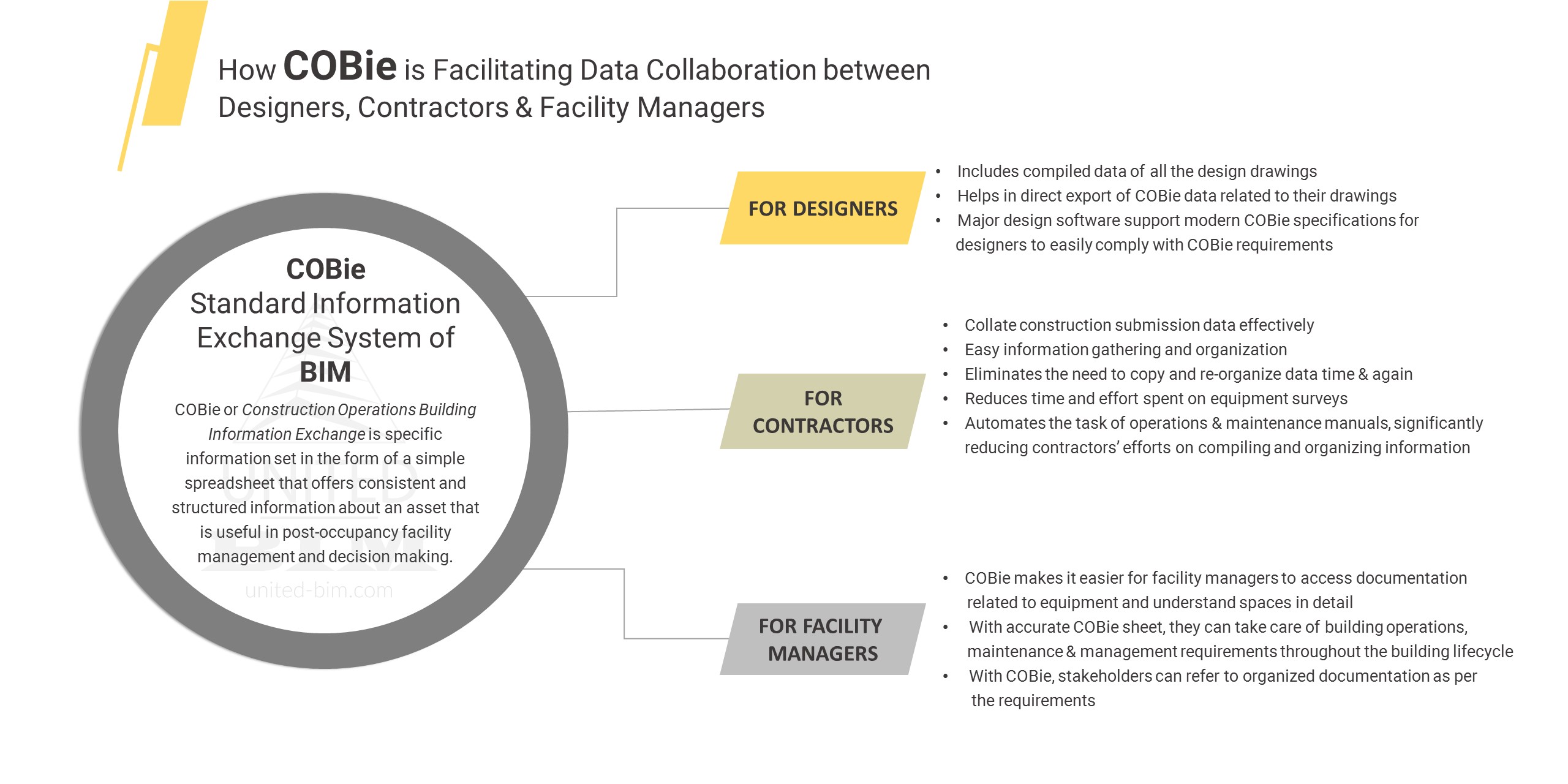
COBie for Designers
COBie makes it easier for designers to match their drawings with the COBie data. COBie data for designers include the complied set of all the design schedules associated with all the drawings. Using modern design software, designers can directly export COBie data related to their drawings without any hassle. All the major design software supports modern COBie specifications making it easier for designers to comply with COBie requirements.
COBie for Contractors
COBie makes it simpler for contractors to collate construction submission data effectively. The process of information gathering and organization becomes quite easier as COBie eliminates the need to copy and re-organize data time and again. Also, COBie makes it possible for contractors to reduce the time and effort spent on equipment surveys. Using COBie, contractors can automate the task of O&M manuals, significantly reducing their effort in compiling and organizing information for handover.
COBie for Facility Managers
COBie makes it easier for facility managers, occupants, and owners to access documentation related to equipment and understand spaces in detail. With a properly organized COBie sheet, facility managers can take care of building operations, maintenance, and management requirements throughout the entire lifecycle from the day of handover. No more are they required to go through bulky manual documentation in an unorganized format once the stakeholders move on to COBie.
Wrapping Up
COBie is fueling a new era of collaboration as an extension of BIM technology. By transforming the paper-based data storage process earlier to a digital format, COBie is paving the way to efficient collaboration and streamlined information exchange all over the world.
At United BIM, we are proponents of the COBie information exchange framework and help projects become COBie-compliant. Curious to know more about the implications and benefits of COBie for your project? Get in touch with our experts now.
About the Author

Coordination Manager / VDC Manager at United BIM
With over 10 years of experience in the AEC industry, Akash Patel is a seasoned Coordination Manager and VDC Manager at United BIM. His expertise lies in managing complex MEP-FP coordination projects and leveraging cutting-edge BIM technology to ensure seamless collaboration and precision. Akash is dedicated to delivering high-quality, detailed models that meet the demands of modern construction. He is passionate about optimizing workflows and driving innovation within the BIM field.
